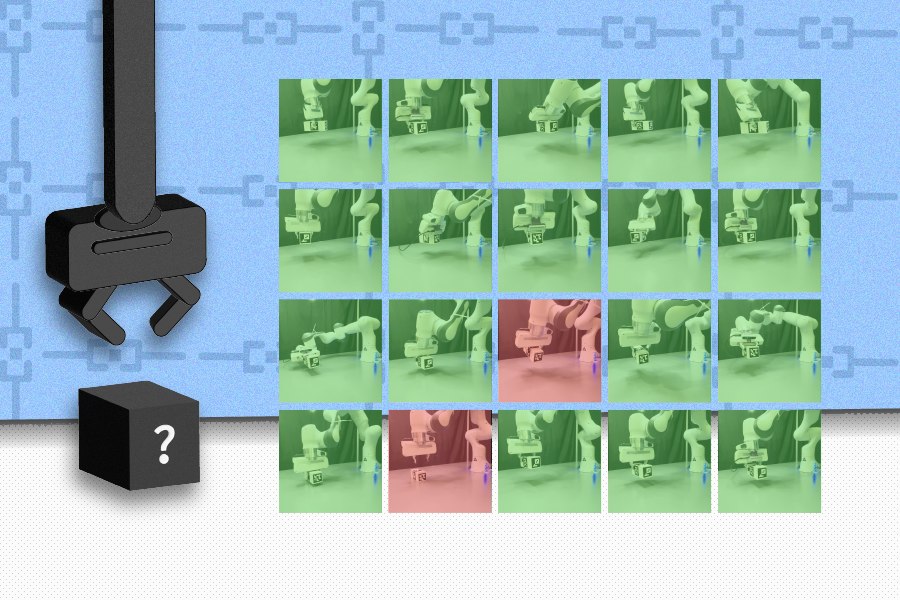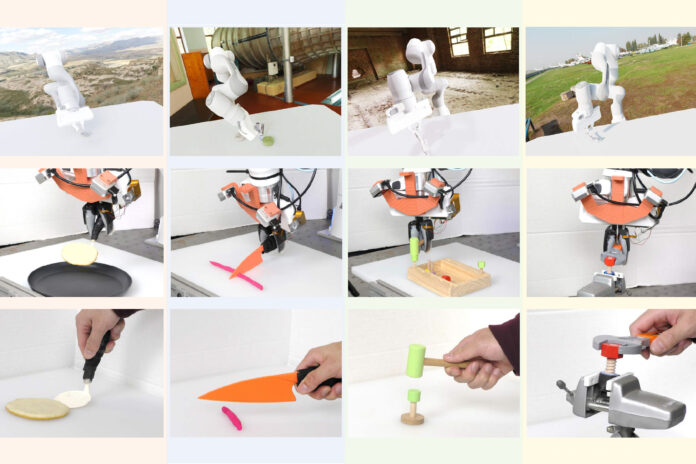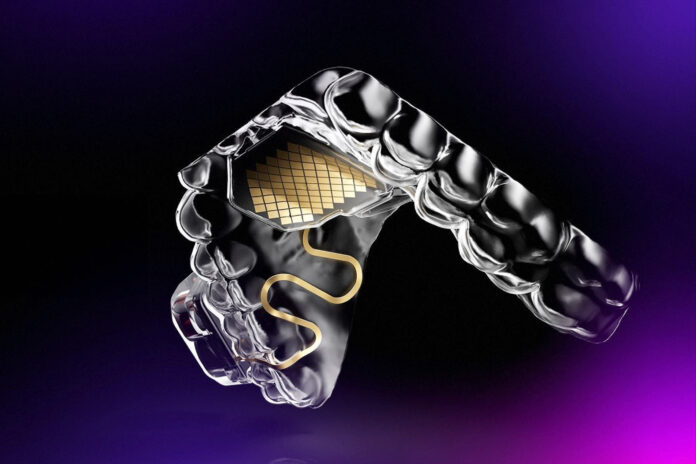In Short:
Researchers at MIT have developed a Grasping Neural Process to help robots navigate unfamiliar objects. The deep-learning system can infer hidden traits in real time, allowing robots to execute better grasps more efficiently. Trained on 1000 unique geometries and 5000 objects, the model performed well in simulations and physical tests. The technology could help robots handle unpredictable objects in environments like homes and warehouses, making them more adaptable and less likely to fail.
MIT researchers design innovative predictive physics model for intelligent robotic grasping
Robots often struggle when encountering unfamiliar objects, as their appearances can be deceiving. A block may look like a simple object to grasp, only to be revealed as a literal piece of cake upon closer inspection. This misleading appearance can cause robots to miscalculate physical properties like weight and center of mass, leading to inefficient grasping techniques.
Introducing the Grasping Neural Process
To address this challenge, researchers at MIT Computer Science and Artificial Intelligence Laboratory (CSAIL) have developed the Grasping Neural Process, a predictive physics model that can infer hidden traits of objects in real-time to enable more intelligent robotic grasping. Unlike previous models that rely solely on visual data, this deep-learning system can assist robots in various domains with reduced computational cost.
Efficient Grasping in Unstructured Environments
The Grasping Neural Process is trained to infer physical properties from a history of attempted grasps and utilizes this information to optimize future grasping techniques. By using minimal interaction data, this model allows robots to execute efficient grasps in unstructured environments such as homes and warehouses, where unpredictable objects are common.
Results and Potential Applications
Trained on a diverse dataset, the Grasping Neural Process demonstrated stable grasps in simulations and outperformed traditional methods in physical tests with weighted blocks. This innovative model could revolutionize robotic applications in fulfillment centers, homes, and other environments where robots interact with a variety of objects.
Lead author Michael Noseworthy emphasized the importance of efficient grasping techniques for robots, highlighting the cost-saving benefits of the Grasping Neural Process. The researchers believe that this model could enhance the capabilities of robots and expand their potential applications in real-world scenarios.
Chad Kessens, an autonomous robotics researcher at the U.S. Army’s DEVCOM Army Research Laboratory, which sponsored the work, sees this development as a critical step towards realizing the full transformative potential of robotics.





